|
A few weeks back, I had the pleasure of teaching a class in the form of a walking tour for Frederick Community College’s Institute for Learning in Retirement, or ILR, program. The class was titled Frederick’s Mount Olivet Cemetery in African American History. Most of the information presented was based on my earlier three-part series published (under the Stories in Stone moniker) back in February-March, 2017. I added a bit more to the tour in regard to other personages (who also appeared as subjects of my blog over the past year) including Harriet Heckman, Simon F. Blunt, and George W. Sands, Jr. Anyway, I also talked about three prominent white gentleman, forever linked with the Black community of Frederick, in relation to their unique friendship and/or benevolence to members of Frederick’s minority community in times of heightened segregation between the races. I plan on featuring two of these gentlemen, Joseph D. Baker and Jacob Engelbrecht, in coming months as their stories are truly fascinating. However, for this week, I’d like to review the life and achievements of the third, a man by the name of Lorenzo E. Mullinix. The name may ring a bell, as Mr. Mullinix was a leading, Frederick merchant who served in local politics and eventually used that position to help create a public park in the late 1920s for Frederick’s under-served African-American community. Lorenzo Etchison Mullinix As I have done on occasion, I will include the fine biography on our subject which can be found in TJC Williams’ History of Frederick County, published in 1910. The son of the late Leonard C. and Elizabeth Simpson Etchison, Lorenzo Mullinix, was born in Frederick County, Md., about eight miles from Frederick City May 30, 1855. Frederick, Maryland, will always occupy one of the foremost places in America history. From the time when the first house was erected, in 1746, to the present day, it has been distinguished not, only for the brilliancy and learning of its bar, but for its renowned statesmen, its brave soldiers, and its men of remarkable talents and inventive genius. These men, by their achievements, have not only won for themselves an enviable position on the role of the world’s real benefactors, but have made their hometown conspicuous among the towns of the country. Few names have been more widely circulated than that of Mr. L. E. Mullinix, author and publisher of the “Reliable Wall Paper Chart.” This valuable little book was first published in 1899, and at once found an appreciative public. It was immediately endorsed by the largest jobbers and manufacturers of wallpaper in the United States and Canada, as one of the greatest time and labor-saving schemes ever offered to the public. Up to the present time, 1909, it has been steadily growing in favor and over three hundred and fifty thousand copies have been sold and shipped to every part of the United States and Canada. The need of just such a reference book had been felt by the trade for a long time, but it remained for old Frederick to supply this want. The paternal ancestors of Mr. L. E. Mullinix, were Huguenots, emigrants from France, where the name was written Molyneaux or Mullineaus. These sturdy people suffered exile rather than forego the right of free thought and free speech. It is said that when these reliable citizens together with the Jews were driven from France, that country narrowly escaped bankruptcy, and that their flight into England helped to make that nation the counting house of the world. If we would take from America the Hugenots, the Quakers, the Puritans and other refugees, it could hardly be called the “Land of the Free and the Home of the Brave.” Thomas Mullinix, grandfather of L. E. Mullinix, married Miss Brown whose family had settled, in Colonial days, in Howard, then a part of Anne Arundel County, Md. Her ancestors had served with distinction in the Revolutionary War. Leonard C. Mullinix, father of L. E. Mullinix, was a successful farmer of Frederick County, Md. In 1856 he moved to Birmingham farm just south of Frederick, where he remained until 1882, cultivating and improving his property. This old farm has an interesting history. It was made from a part of the “Rocky Creek” tract granted to John Stoddard, May 22, 1728, part of “Locust Level,” granted to Daniel Dulaney, July 11, 1756, and part of “Tasker’s Chance,” granted to Benjamin Tasker, June 9, 1727. The old-residence, which is still standing, was evidently built prior to the Revolution. The fact that it faces directly south is conclusive evidence that it was erected before the laying out of Frederick City, which occurred in 1745. Mount Olivet Cemetery was formerly a part of this old farm. In 1882, Leonard C. Mullinix removed to Frederick City, on November 15, 1849, he was married to Elizabeth Simpson Etchison. Of their eight children only four reached maturity: 1, Elisha E., for thirty years resident physician at Urbana, Md.; 2, Lorenzo E.; 3, Sybelle M., (Mrs. Marshall L. Etchison); 4, Frances A. The maternal ancestors of Lorenzo E. Mullinix were among the early emigrants to America, although there are no records showing the exact date of their arrival. John Simpson, his great-grandfather, settled in Prince George’s County, Md., where he engaged in farming. He served his adopted country in the War of the Revolution, and Mr. Mullinix has in his possession the two commissions given to John Simpson. The first, given January 3, 1776, at Annapolis, Md., signed by Matthew Tilghman, appointing him ensign in a company from Prince George’s County, belonging to the Eleventh Battalion of the Province, and the second, given May 1, 1778, signed by Thomas Johnson, first governor of Maryland, by which he was made first lieutenant of the company. John Simpson was married to Miss Perkins. They had two daughters: Ruth, married Ephraim Etchison; and Elizabeth, born October 8, 1786, married in 1801, to Elisha, brother of Ephraim Etchison. Elisha and Elizabeth (Simpson) Etchison had a number of children, among them, Elizabeth Simpson, born April 7, 1828, married to Leonard C. Mullinix. The Etchisons or “Aitchesons” came from Scotland, and settled first in Pennsylvania; but, being very much disturbed by the Indians, they removed to Prince George’s County, Md. Mr. L. E. Mullinix holds the commission given to his grandfather, Elisha Etchison, appointing him ensign in the company of Captain Ephriam Etchison, in the third regiment of Maryland, given at Annapolis, May 17, 1811, signed by Edward Lloyd. Lorenzo E. Mullinix spent his boyhood on his father’s farm. He attended the public schools of his native place and entered Frederick College. At eighteen he began his business career, serving an apprenticeship with the late Charles C. Smith and G. J. Doll, dealers in dry goods. In 1879, Mr. Mullinix began business for himself as a merchant, and continued to sell dry goods until 1897, when he opened a house for the exclusive sale of carpets, wall-paper and curtains, at his present location, No. 28, North Market street. Mr. Mullinix is strongly domestic in disposition and has never been an aspirant or a candidate for an office. He is a member of the Masonic Order, Columbia Lodge, No. 58, A. F. and A. M.; also of the Modern Woodmen of America, and of the Royal Arcanum. Lorenzo E. Mullinix was married, in 1881, to Mary I., daughter of Daniel R. and Mary C. Hendrickson. Four of their five children are living: Helen Alberta; Mary Edna. married to Captain D. John Markey; Ruth Simpson; and Frances Elizabeth. Mr. Mullinix finds the greatest pleasure of his life in his home with his family. He is a member of the Methodist Episcopal Church, and for many years, served as treasurer of the board of trustees. Lorenzo Mullinix was 55 years old at the time the biography above was written. He still had a few decades left to add to his life’s story. This would include a continued dedication to his mercantile business and civic engagement. He would become a director of Frederick’s Home Building and Loan Association, and, “closer to home” for my purpose, served on the Board of Managers of Mount Olivet Cemetery from 1922 until his death in 1930. He would also enter the realm of politics at the municipal level. Speaking of homes, let's backtrack a bit. I wanted to learn exactly where Lorenzo lived and conducted business. It appears that his father (Leonard Cassell Mullinix) was in New Market in the 1850 census, but then in/near Frederick City after that, still listed as a farmer. This may have been as a tenant farmer on the Birmingham plantation referred to in the Williams’ biography. Leonard bought additional property in 1878, consisting of four town lots, in Urbana, near Zion Church, which he would will to his son Elisha E. Mullinix, to become a prominent physician of that locale. In 1887, he bought 12 acres of the Birmingham estate to the immediate west of Mount Olivet Cemetery, selling half of it in 1888 and still owning six acres when he died in 1891. This was just west of Mount Olivet with a manor house once located a short distance south of the present-day locations of South Frederick Elementary and the Ausherman Planetarium, both off Madison Street with Carrollton Drive on the south. Throughout his adult life, Lorenzo Mullinix was involved with three primary properties located in Frederick City. The first of these was part of lot 105 fronting on E. Third St, which he bought in 1884, selling parts of it off in 1899 and 1901, and the remainder in 1924. The current address for this property is 26 E. Third Street and tax records give a date for this house as 1910. Lorenzo Mullinix also owned two lots on the west side of a long-gone thoroughfare known as Park Place from 1901-1904. These sit under the Frederick Hospital property today. He bought two lots in Braddock Heights in 1919 which served him and his family as a beautiful summer retreat away from bustling Frederick City. The Mullinix cottage was known as "Bon Air." Mullinix sold the holdings in 1928. Mullinix invested in the city’s northwestern addition of the early 20th century called College Park. This followed the construction of the newly opened campus of Hood College. He owned three different lots at various times. Two of those lots, one bought in 1916 and the other bought in 1919, were sold to Robert Delaplaine of the Frederick News-Post in 1924. Mullinix made his home at the remaining lot located at the address of 301 College Place. This was purchased in 1923, and would be sold later by his heirs in 1946. As far as his commercial dealings, Mr. Mullinix opened a dry goods business in the 1880s with ads first appearing in the local newspaper in 1887. His original location with entrances on both 15 N. Market Street and 11 Patrick Street would become later homes to McCrory's and the Frederick Arts Council. In August of 1888, Mullinix announced the dissolution of his earlier firm (L. E. Mullinix & Company) as he now had entered into a partnership with Charles Edwin Kemp. The pair ran this business until February, 1897. After another dissolution, Lorenzo Mullinix would open the Mullinix Carpet House at a location just across the street at 24 North Market Street. The Political Ring I learned through newspaper research that Lorenzo's father unsuccessfully ran for Frederick County commissioner in 1881. Did this inspire Lorenzo to serve in public office? Although the Williams' biography stated, "Mr. Mullinix is strongly domestic in disposition and has never been an aspirant or a candidate for an office," times would change. In 1919, Lorenzo Mullinix ran an election campaign for the local office of Frederick City Alderman. He was the single highest vote-getter in the election held on June 10th of that year. Interestingly, he was the lone Democrat on the Board of Alderman serving under mayor-elect Gilmer Schley, a cousin of local hero of the Spanish-American War, Admiral Winfield Schley. New responsibilities associated with political office is likely the reason Mr. Mullinix would change the dynamic of his popular carpet house business. In August 1919, after 22 years on his own, Mullinix took on his longtime employee, Edward Bentz (1856-1936) as a partner. The tandem continued out of their business location at 28 N. Market Street. 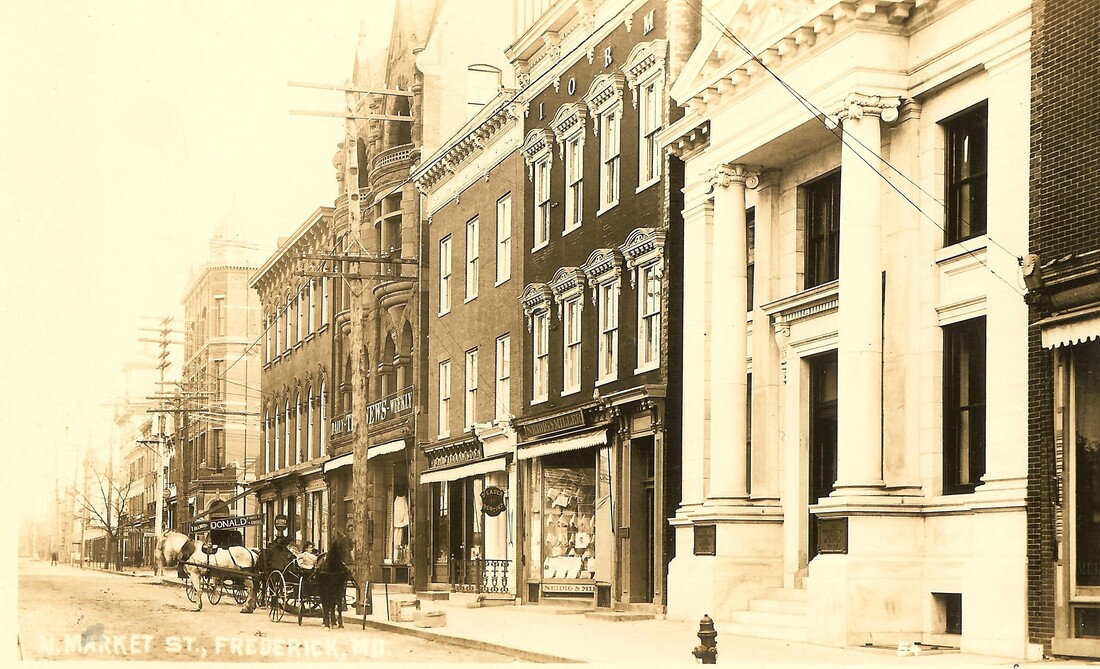 The author believes the darker building (with four window bays) to the right center of photo to be the one-time location of the Mullinix & Bentz carpet store at 26/24 N. Market St. At one time, the second floor of the building served home to the fraternal organization that calls itself the Improved Order of Red Men (founded 1834) and initials of this group can be seen on the building's facade. The timing of Mr. Bentz promotion was also of importance as Mullinix would have to care for a sick wife in 1920. His wife Mary would die at years end, a result of arterio sclerosis. Mrs. Mullinix is buried in the cemetery’s Area Q, within yards of her parents. Lorenzo would eventually remarry in 1924, a woman named Annie E. Wiener. Lorenzo E. Mullinix was successfully re-elected in subsequent elections in 1922 and 1925, as he continually served on the Board of Alderman until 1928. He held the position of President of the Board from 1922-1928. The “Roaring Twenties” would be a period of well-documented growth and town improvement in Frederick’s history, and Mullinix was a prime reason. The Mullinix and Bentz business would grow as well and take on new products to sell to the Frederick citizenry. Among the leading innovations came vacuum cleaners, the perfect compliment to a carpet. After five years of a successful partnership with Edward Bentz, Mr. Mullinix decided it would be time to retire from business so he could devote time to his new wife and family, and his job as a town alderman. Mr. Mullinix sold his share of the business to partner Edward Bentz in 1923, however, he kept ownership of the building at 26/24 North Market St. Due to slipping health, the carpet and wall-paper expert could not participate in certain meetings and events in the winter and spring of 1928. One such event was a special party held in February, 1928 by prominent residents to celebrate the 34th wedding anniversary of Mayor Lloyd C. Culler, later namesake of Culler Lake. Mr. Joseph D. Baker, the leading business and civic leader of town had the opportunity to toast his good friend, Mr. Culler. Both Baker and Culler had given the citizenry of Frederick an incredible gift the previous May with the unveiling of a municipal Park that would take the great benefactor’s name—Baker Park. To lead off his remarks, Mr. Baker lamented the fact that the glorious occasion was missing only one thing—Mr. Mullinix. Baker's remarks are as follows: After months of agonizing over carrying out another campaign for re-election, Lorenzo E. Mullinix decided not to run in the 1928 race, although he unanimously received his party's nomination. . His decision was discussed at the Democratic Nominating Convention meeting on May 19th, 1928 by the fore-mentioned Mr. Culler, whose party successfully supported his re-nomination for the mayoral post, one he would hold from 1922-31, 1934-43, and 1946-50. Mr. Culler said of Mullinix: On June 7th, the Mayor and Board of Alderman held their second to last meeting of the current administration. As had been the case for months, the Board president was not in attendance but convalescing at home. A special resolution thanking Mr. Mullinix would be made. Mr. Mullinix would be proudly hailed one week later at the June 15th Mayor and Board meeting. However, in his last official public meeting, Lorenzo E. Mullinix’ legacy would be solidified in the annals of Frederick history. It is also the sole reason why his name is still recognized by so many residents today. The following article explains, as Mr. Mullinix had made a unique proposal for community improvement a year prior at the time of the opening of Baker Park. He was concerned that the Black population had no place to recreate in segregated Frederick where Blacks were not given access to the new city amenity available for white residents only. Opened in June, 1929, Mullinix Park was designed by R. Brooke Maxwell, a rural architect from Baltimore. Mr. Maxwell’s arched entryway still stands from the park’s entrance off S. Bentz Street, just north of W. All Saints Street. Yes, a time of separate but equal but at the very least, a step in the right direction which would thankfully be overhauled, but not until three and a half decades later with Civil Rights legislation. The park along Carroll Creek holds a great deal of history for Frederick’s black community, and today thankfully our municipal parks are open to all without prejudice. A central feature here, that exists up through this day, came via Mr. Baker, who did much to make the park named for his respective friend a reality. This is Diggs Pool. Mr. Baker donated the land for the whole with the stipulation that a pool be built and named for his trusted chauffeur William Diggs. Lorenzo E. Mullinix lived to see the park that bears his name, and the plaque at its entryway that heralds his service to the City of Frederick. What happened to his successful rug business up on North Market? The following newspaper article from January 3rd, 1929 shines a little light on the future of the business and longtime partner Mr. Edward Bentz. The primary property is connected to part of lots 61 and 62 on the east side of N. Market Street which Mullinix had bought in 1913. This property was leased to SS Kresge & Company 5 & 10 store in 1929 for a duration of 30 years. Lorenzo's heirs sold it in 1971. It is now the location of Cacique Restaurant. Lorenzo Etchison Mullinix would die of a cerebral hemorrhage on May 14th, 1930. News of his death made the front page of our local newspaper. Two days later his funeral would be well-attended by Frederick’s finest as his body was laid to rest in his family plot in Mount Olivet’s Area Q. Here lies his first wife Mary, and second wife Annie, who would pass in April, 1942. A few of his children and grandchildren as well. Nearby, one can also find Mr. Mullinix' former partners: Charles Edwin Kemp and Edward Bentz. All the while, Mullinix Park will eventually celebrate in 2029 a century of providing a special recreation oasis amidst the hustle, bustle and historic backdrop of Frederick, Maryland. Author's Note: I would have to say that my only disappointment in preparing this blog piece is that I was unsuccessful in finding an image of Mr. Mullinix' famed pamphlets titled "The Reliable Wall Paper Chart." If you should come across one, please let me know and send a jpg for me to insert in and include.
1 Comment
Elizabeth Markey Hooper Stauffer
10/13/2021 07:27:48 pm
Chris, this was a wonderful article about my great grandfather, Lorenzo Mullinix. My mother often spoke of “Grandpa Mullinix” with such love and devotion. He must have been a wise and kind man. I have the dollhouse he built for his four beloved daughters which I think was built between 1885-1890. It has been passed down through the generations and many children have enjoyed it. Of course I am most proud of his role in creating Mullinix Park. Thank you for your research and lovely article.
Reply
Leave a Reply. |
STORIES
|
Archives
July 2024
June 2024
May 2024
April 2024
March 2024
February 2024
January 2024
December 2023
November 2023
September 2023
August 2023
July 2023
June 2023
May 2023
April 2023
March 2023
February 2023
January 2023
December 2022
November 2022
October 2022
September 2022
August 2022
July 2022
June 2022
May 2022
April 2022
March 2022
February 2022
January 2022
December 2021
November 2021
October 2021
September 2021
August 2021
July 2021
June 2021
May 2021
April 2021
March 2021
February 2021
January 2021
December 2020
November 2020
October 2020
September 2020
August 2020
July 2020
June 2020
May 2020
April 2020
March 2020
February 2020
January 2020
December 2019
November 2019
October 2019
September 2019
August 2019
July 2019
June 2019
May 2019
April 2019
March 2019
February 2019
January 2019
December 2018
November 2018
October 2018
September 2018
August 2018
July 2018
June 2018
May 2018
April 2018
March 2018
February 2018
January 2018
December 2017
November 2017
October 2017
September 2017
August 2017
July 2017
June 2017
May 2017
April 2017
March 2017
February 2017
January 2017
December 2016
November 2016

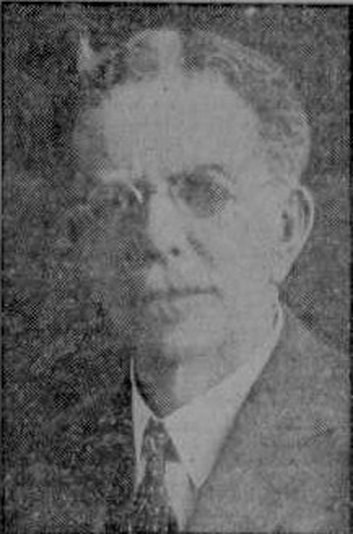
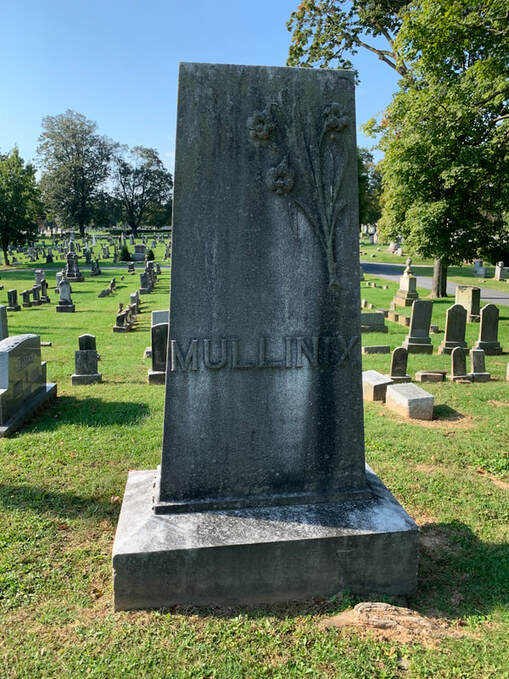
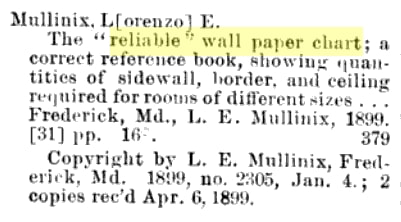
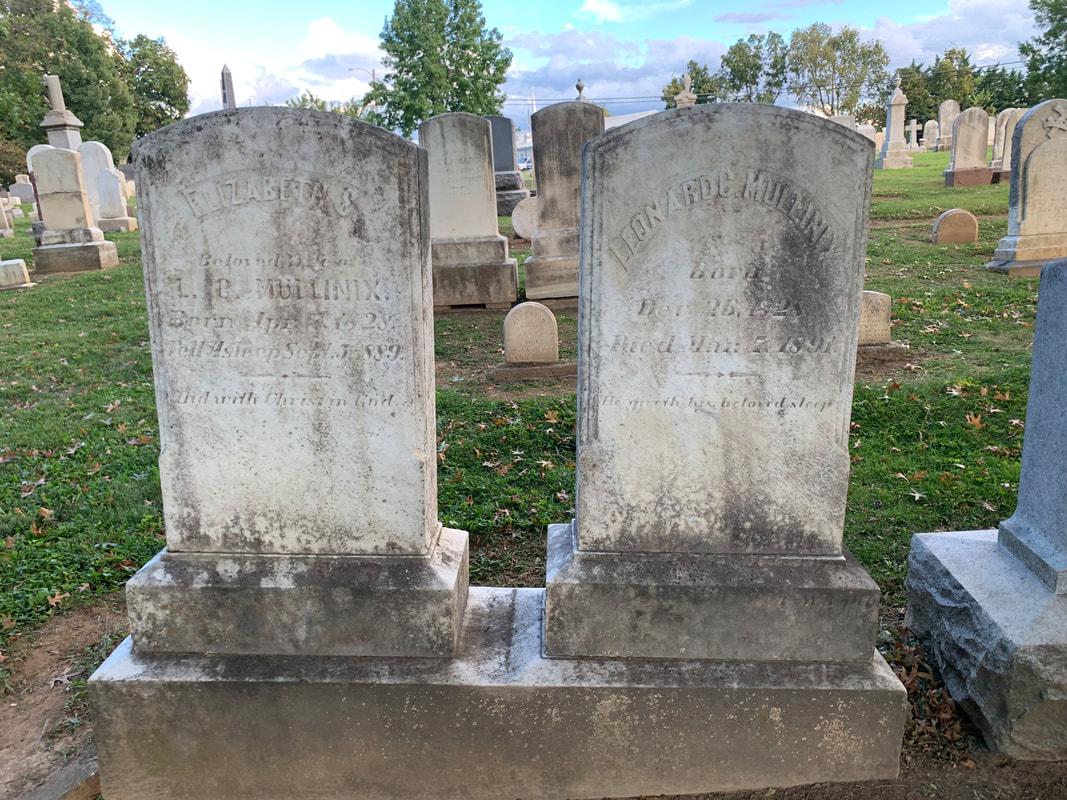

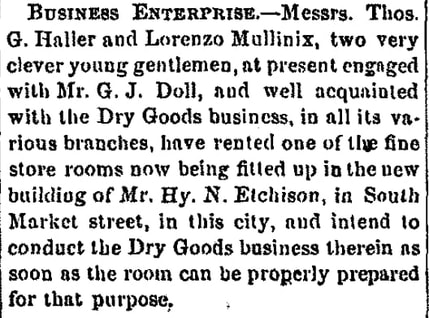
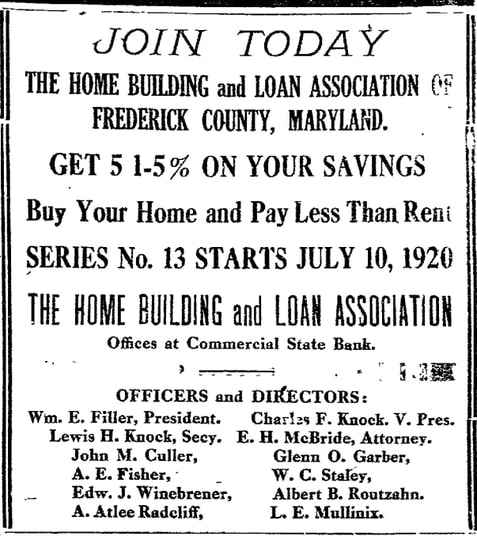
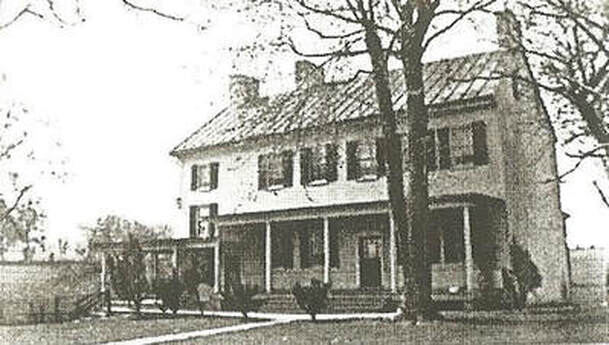

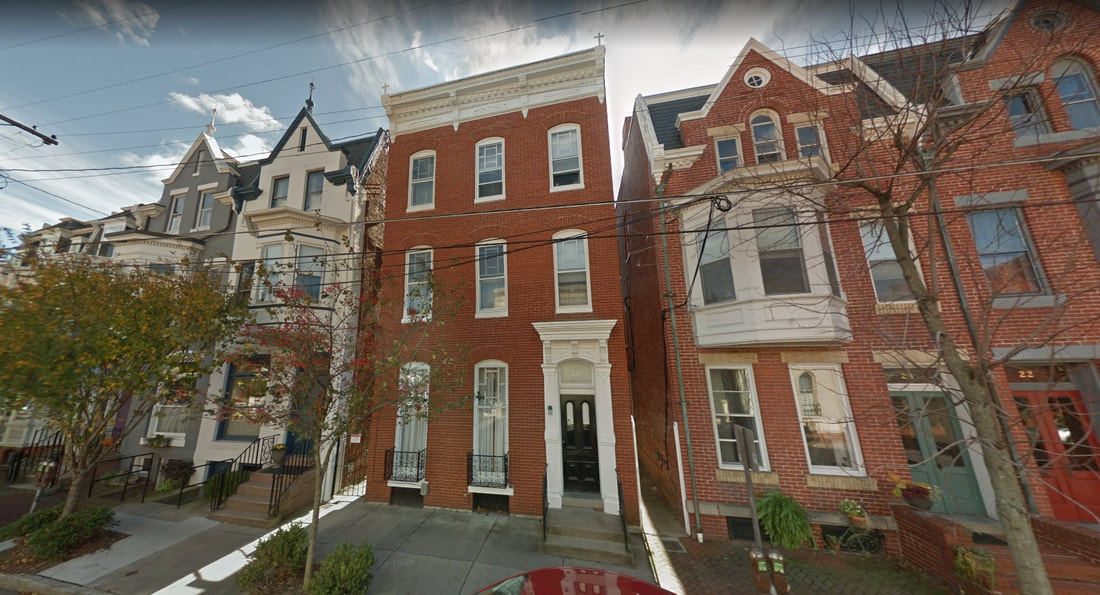
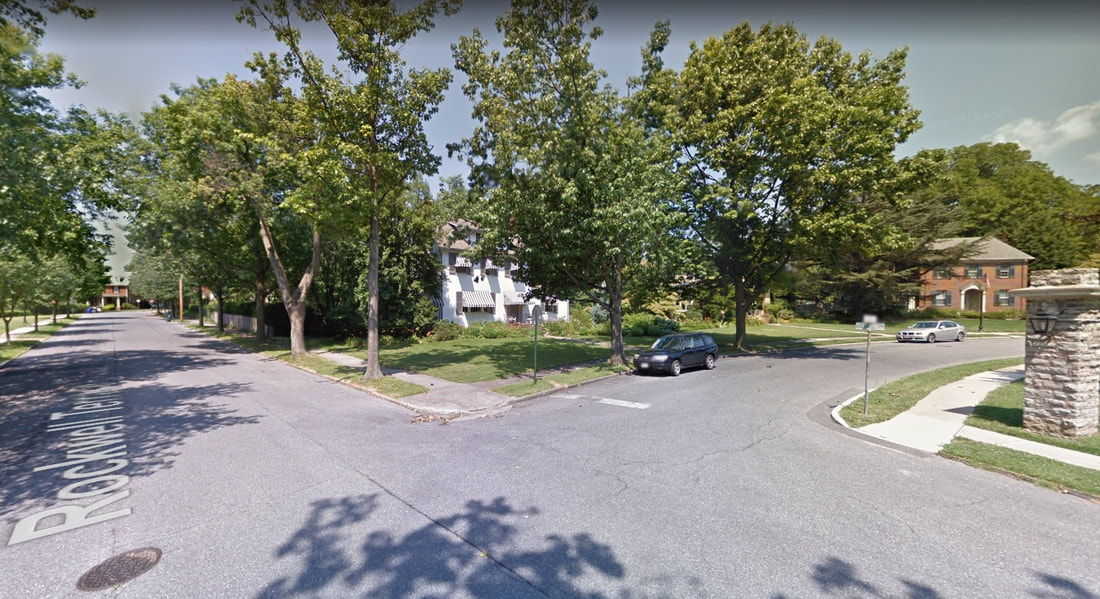
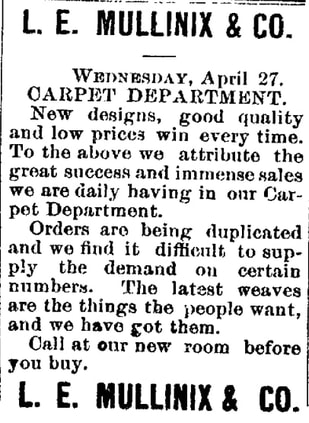
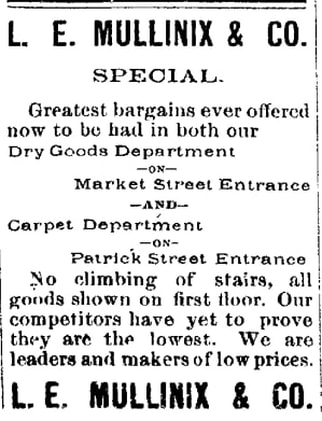
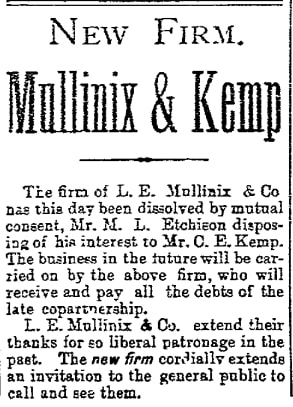
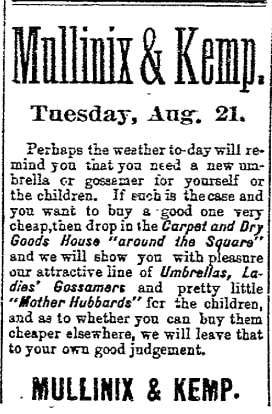
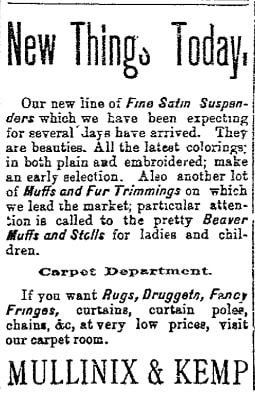
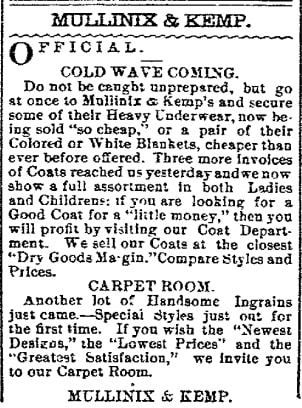
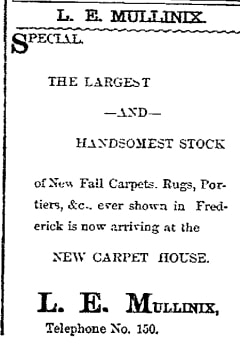
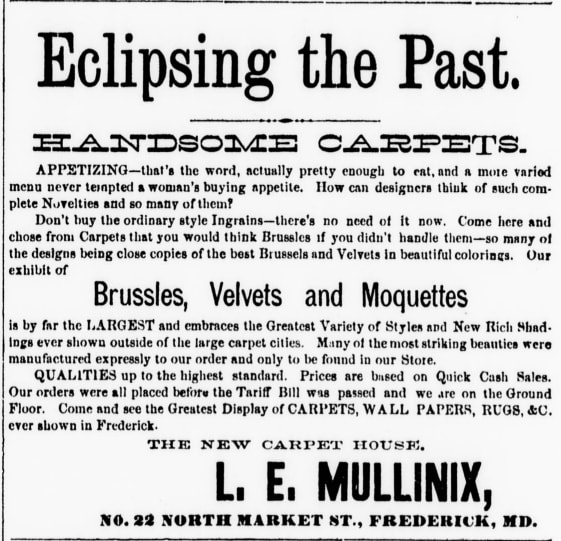
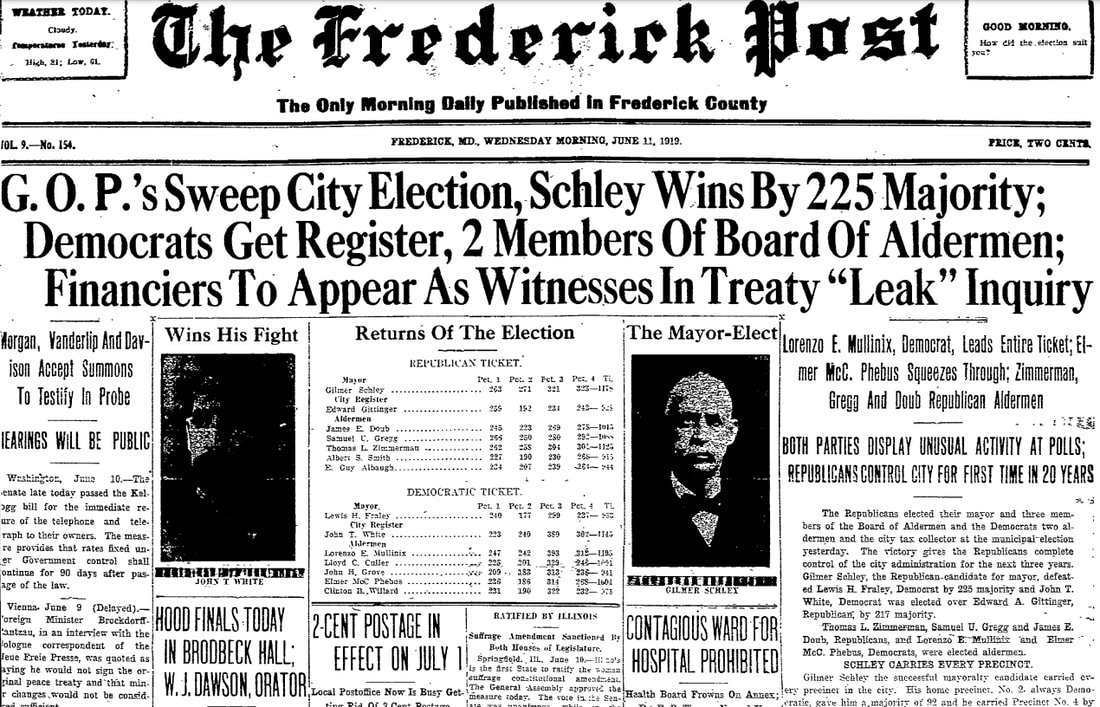
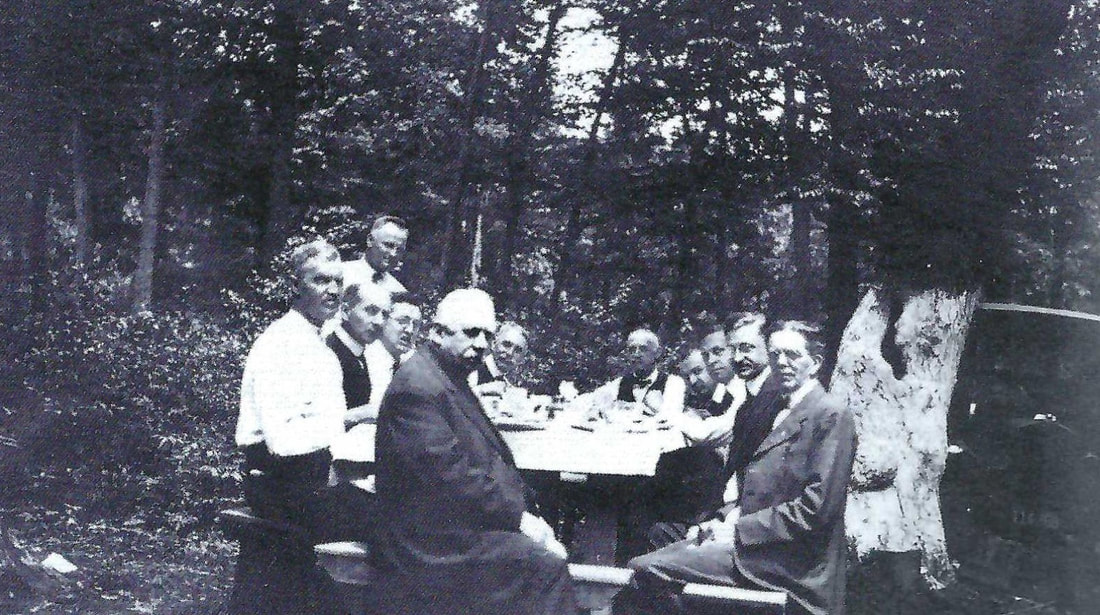
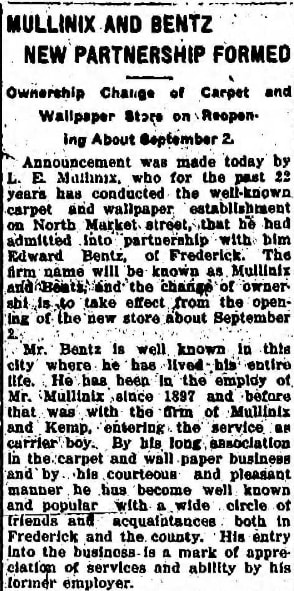
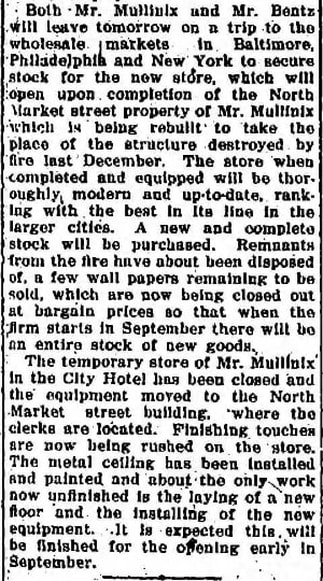
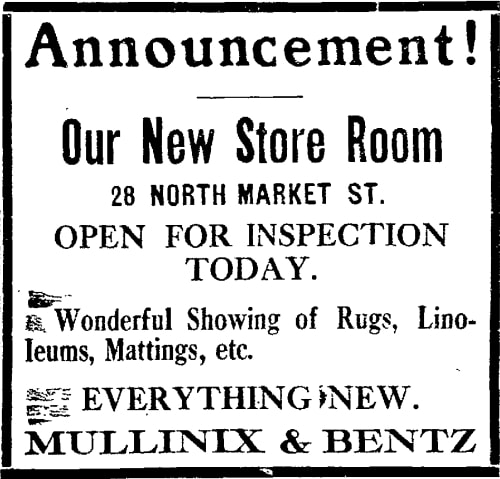
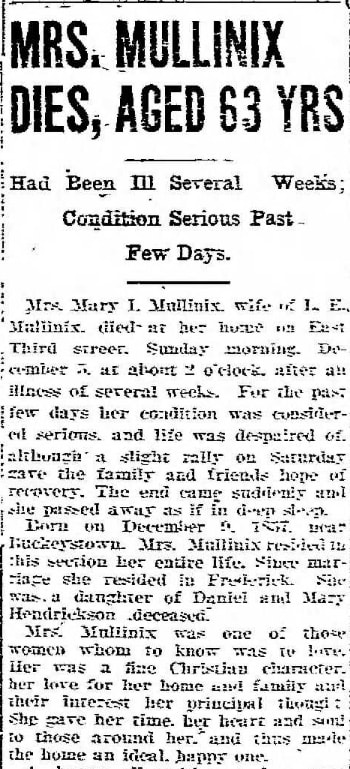
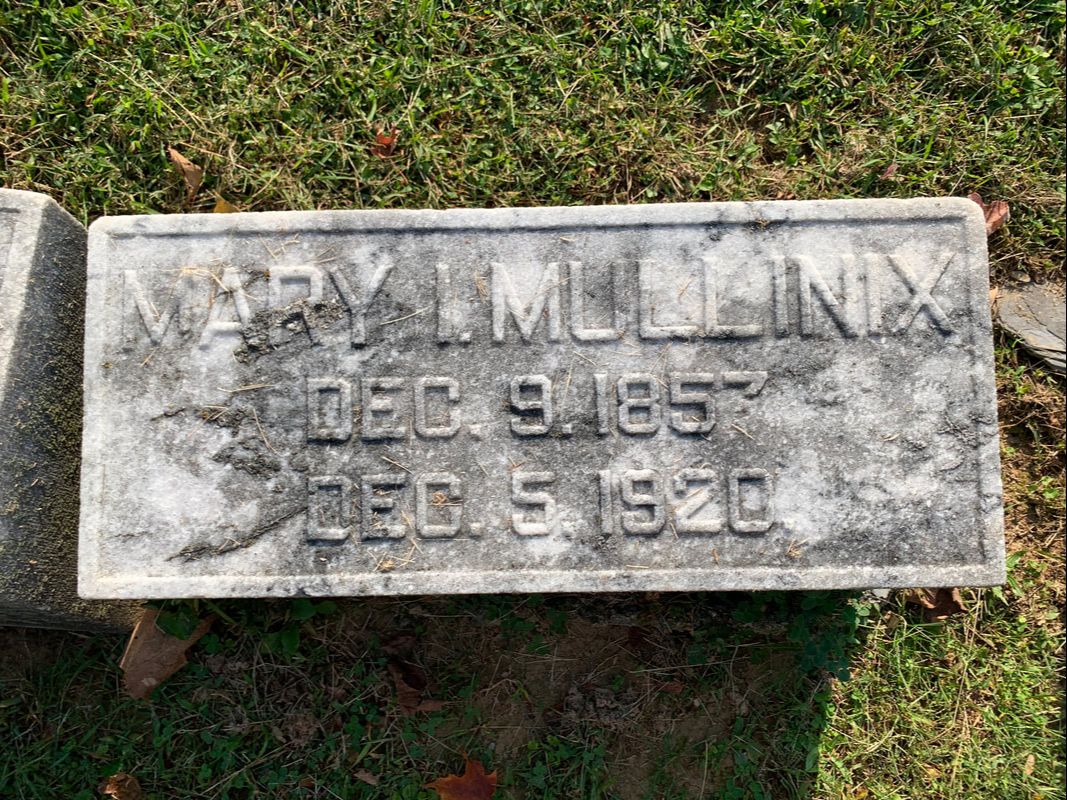
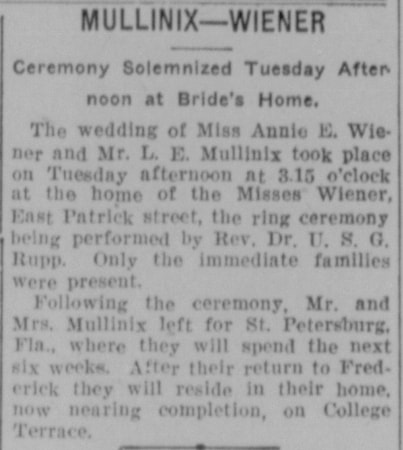
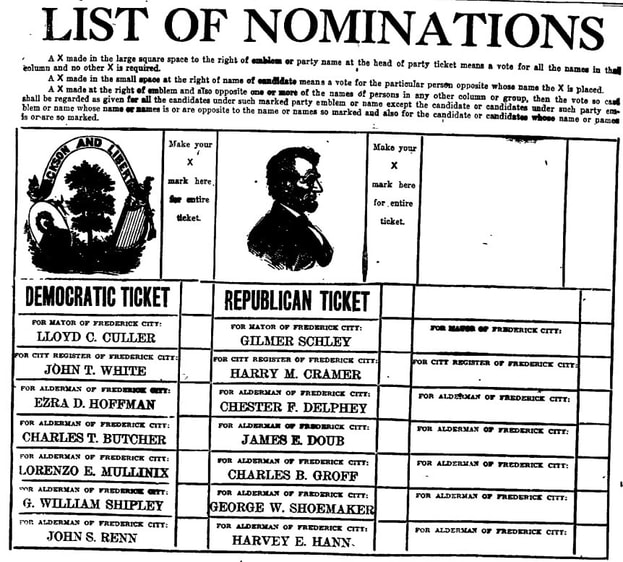
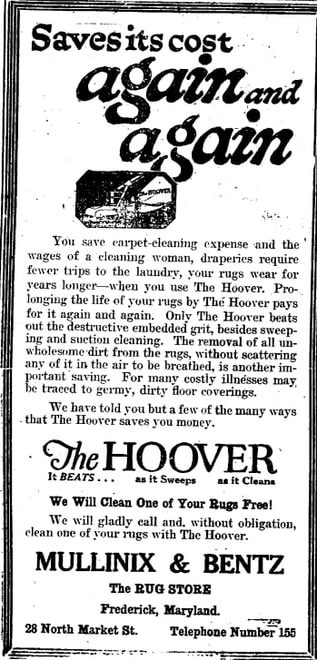
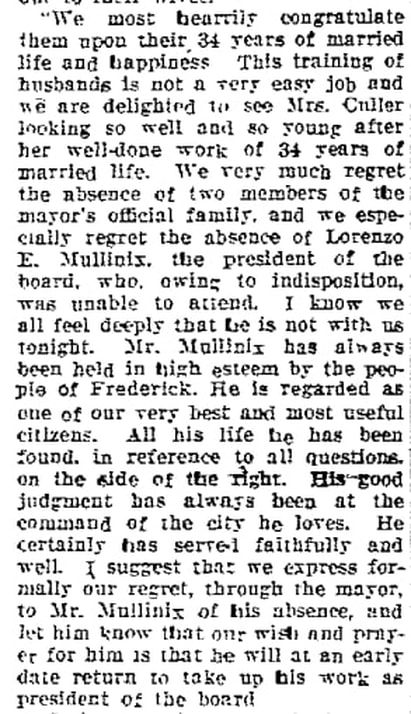
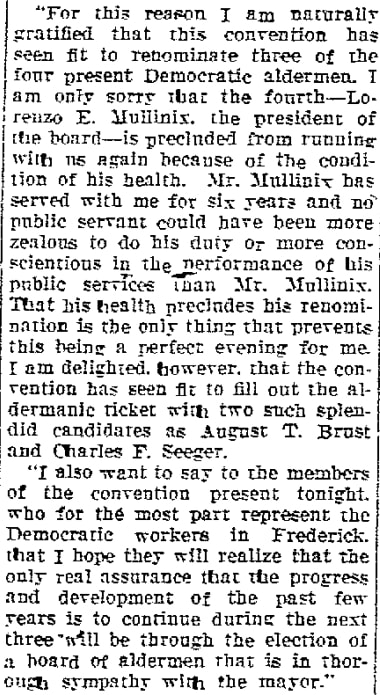
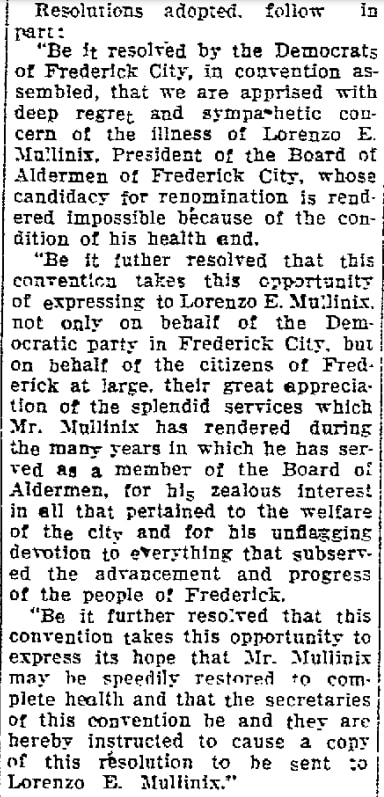
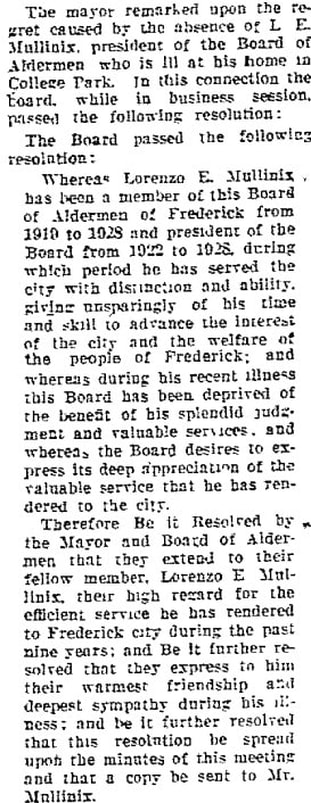
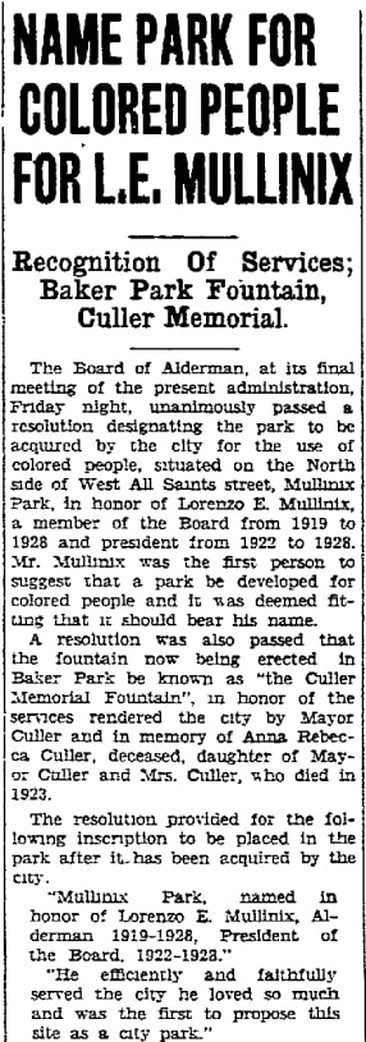
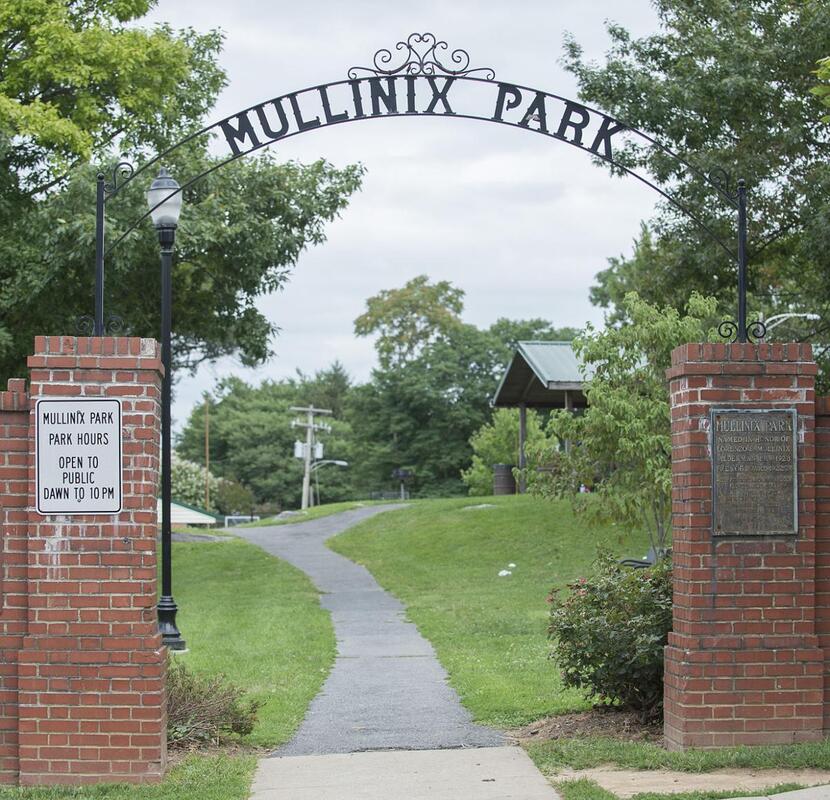
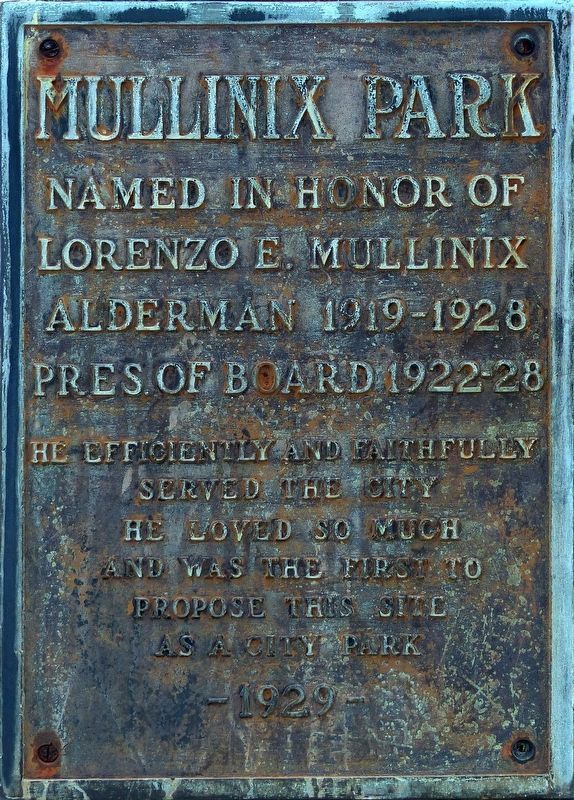
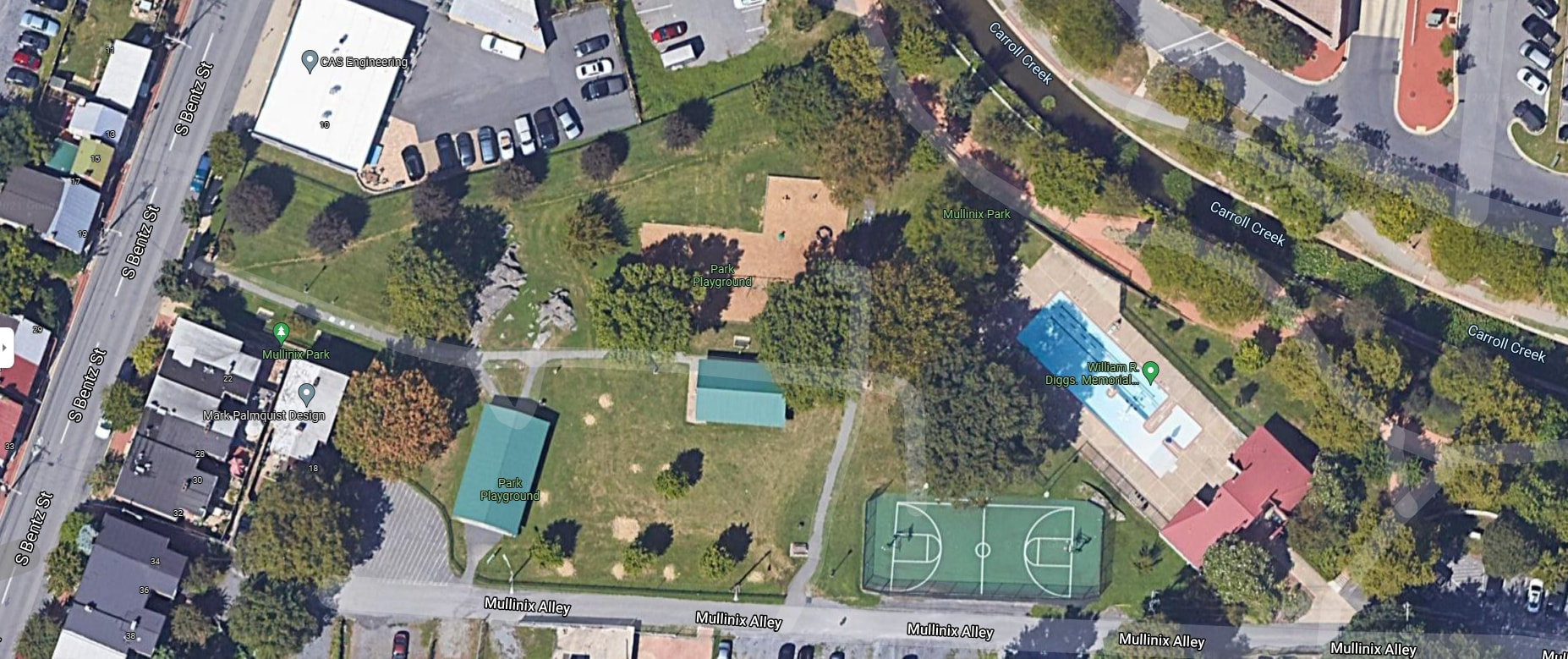
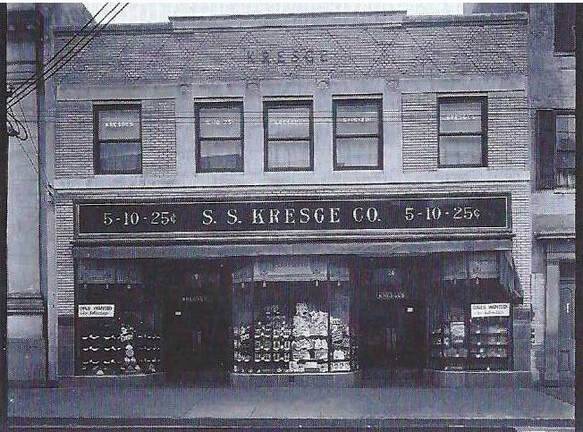
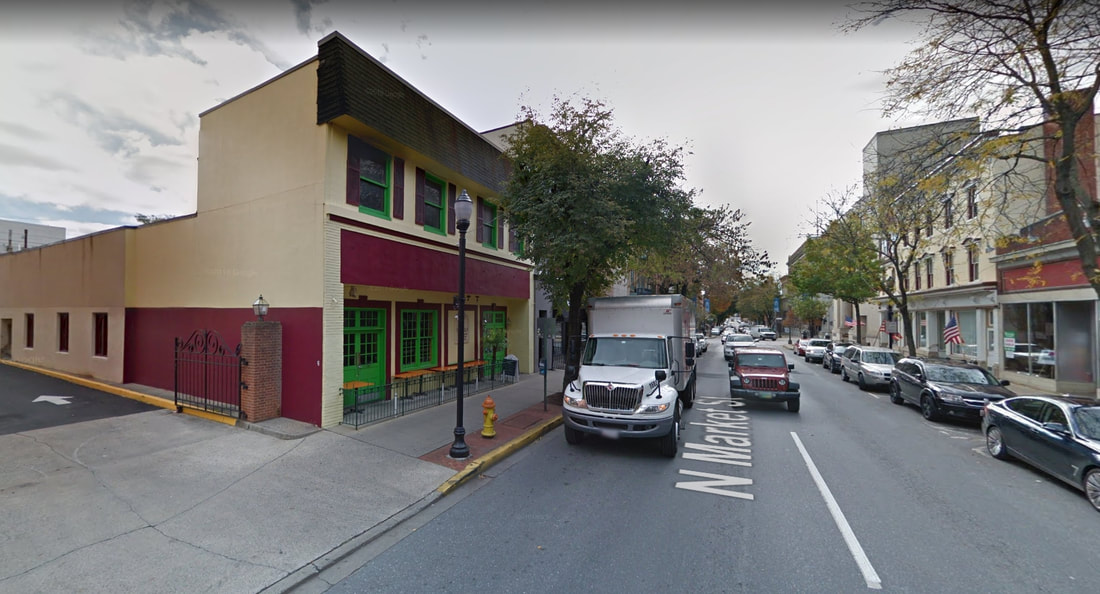
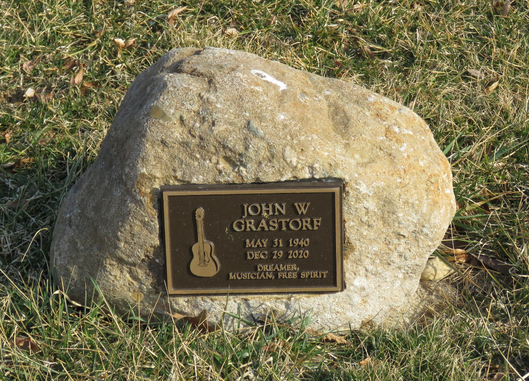
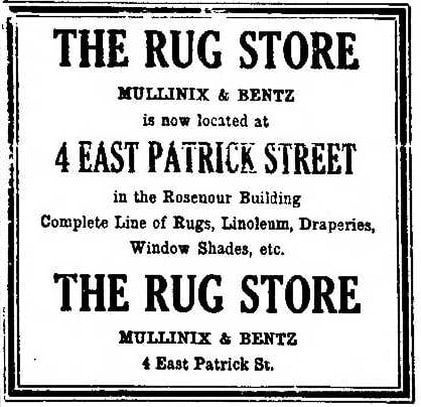

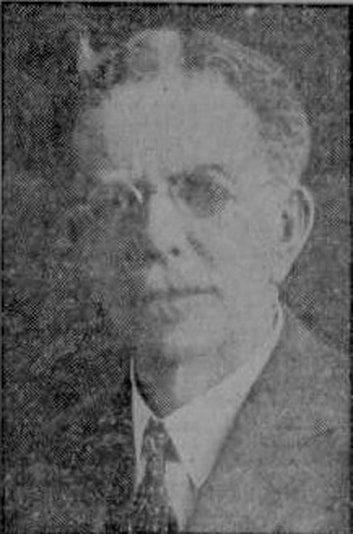

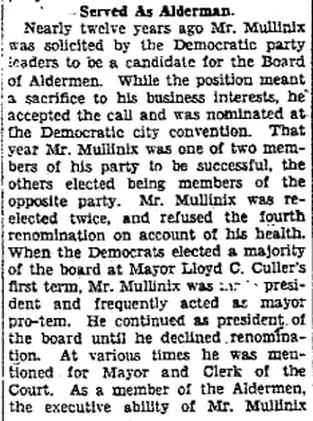
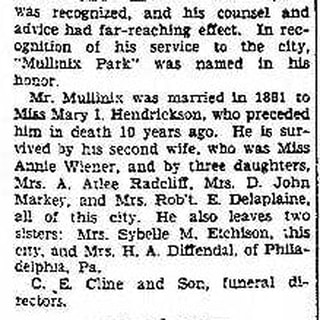
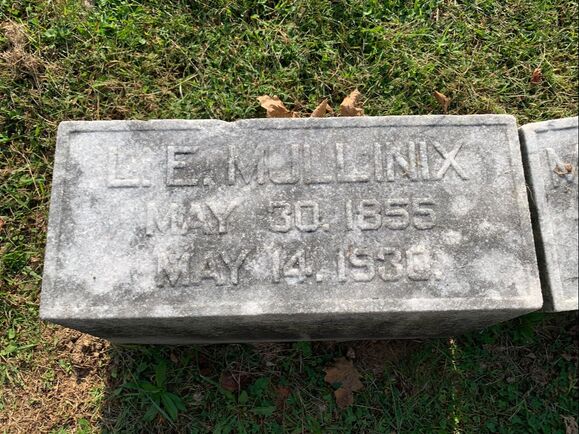
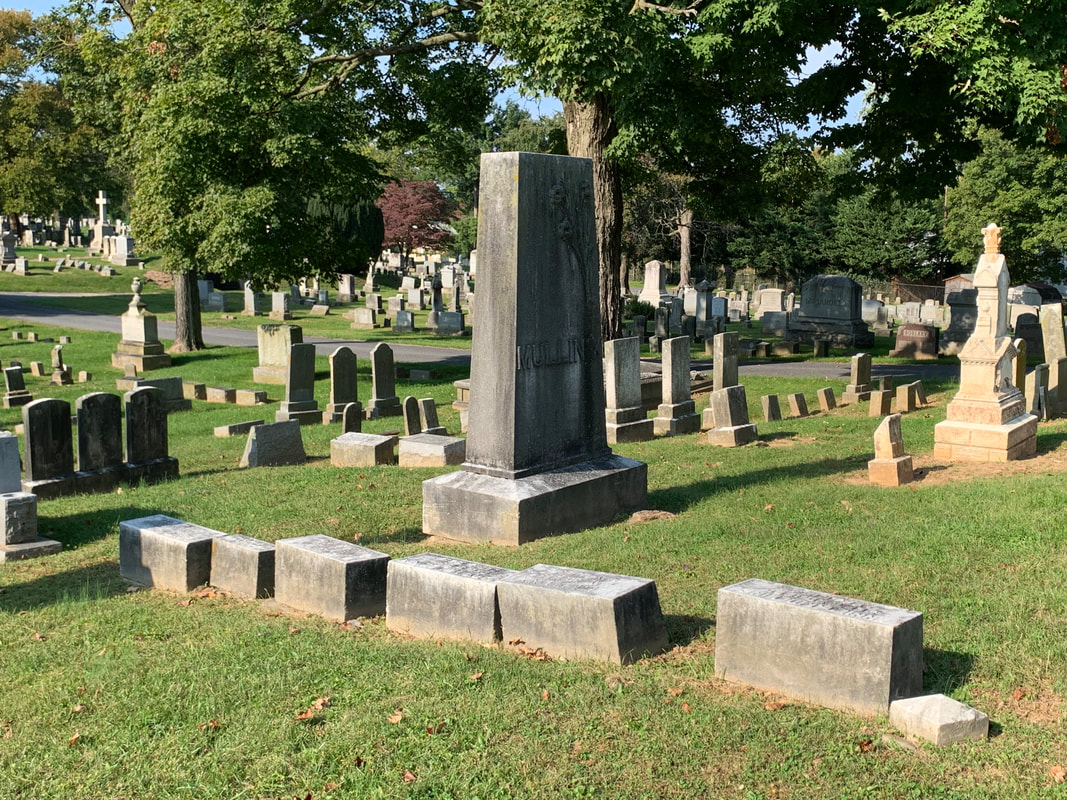
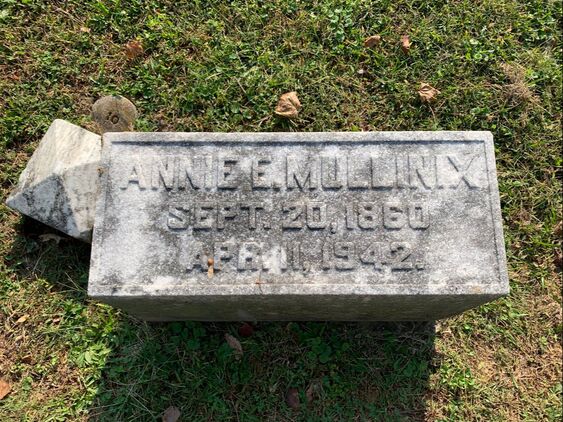
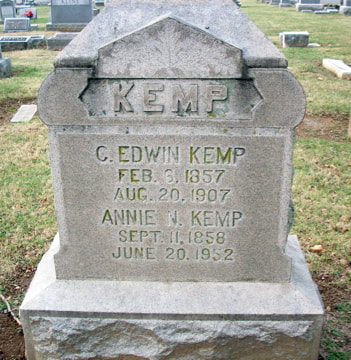
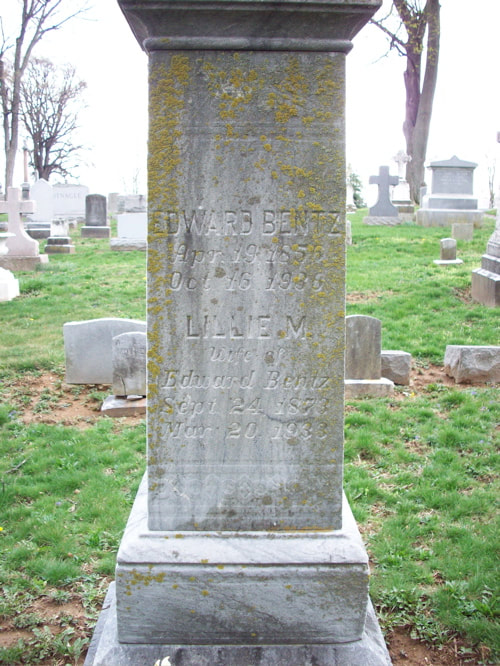
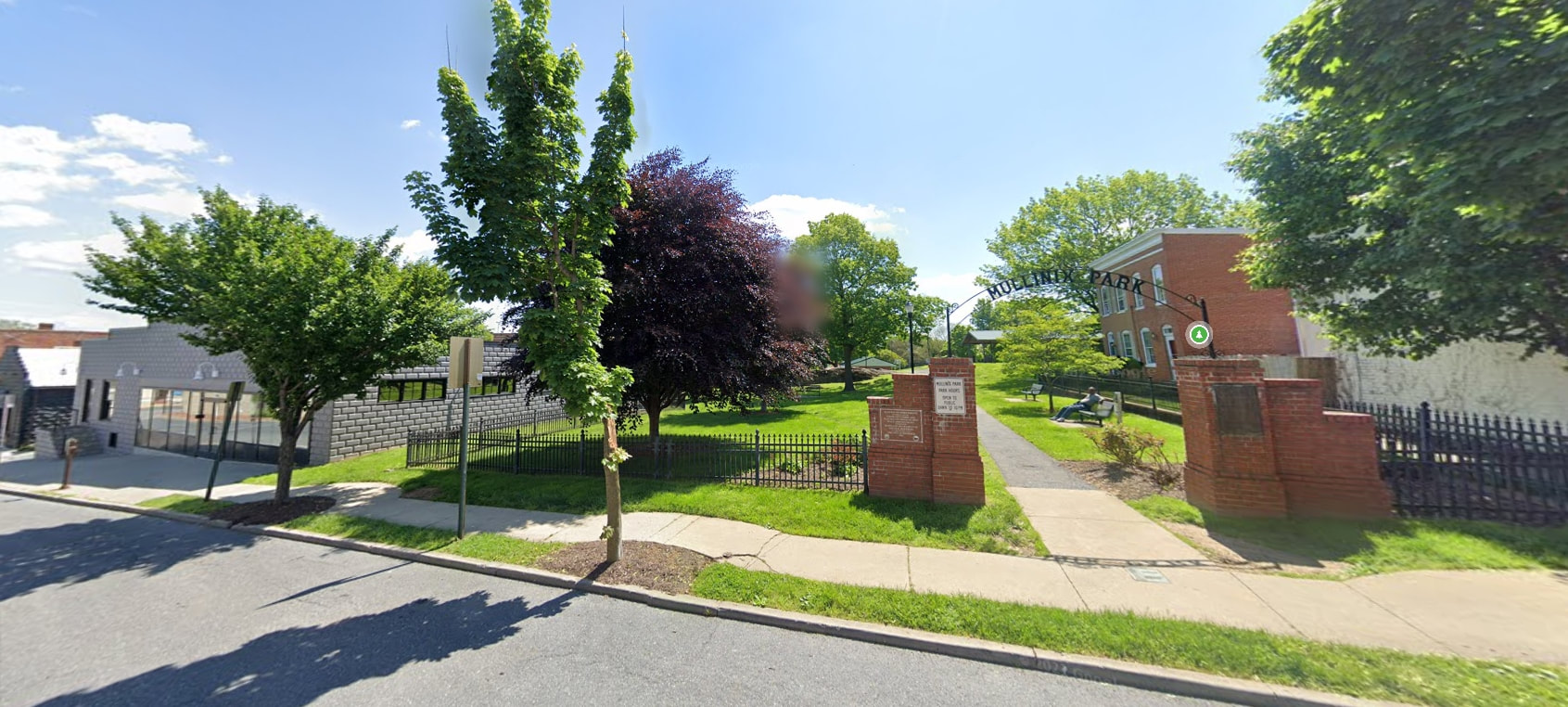

 RSS Feed
RSS Feed